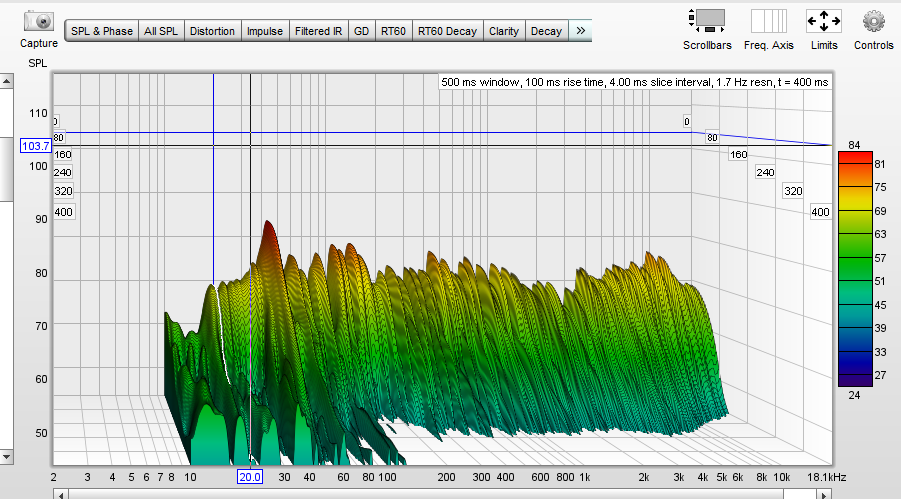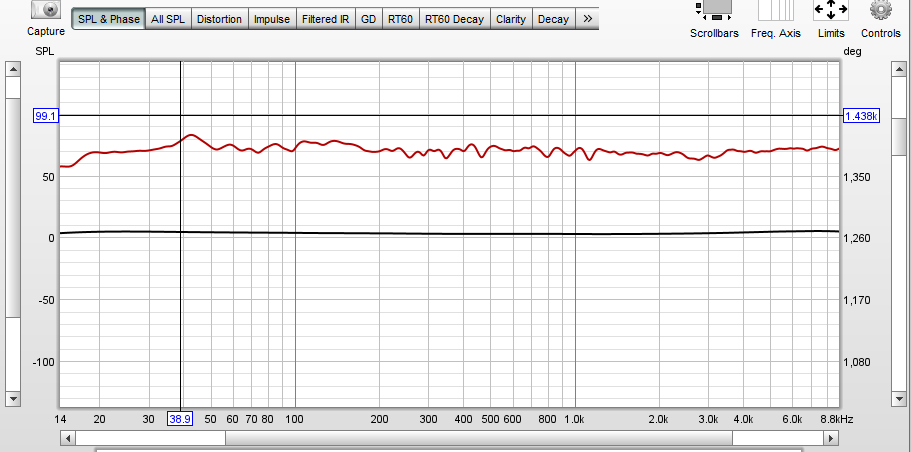@erik_squires Misjudged the graph. Thanks.
Re:
The graphs are a waste of time, if you're happy with what you hear.
This was true for me until I used the graphs to improve the response. Then, I was MORE pleased with what I heard.
In other words, graphs are useful if you want to improve the sound. If you prefer to not bother, then graphs are a waste of time.



